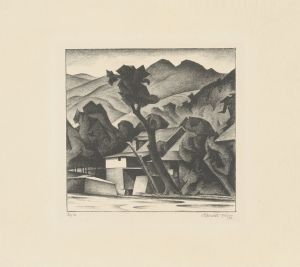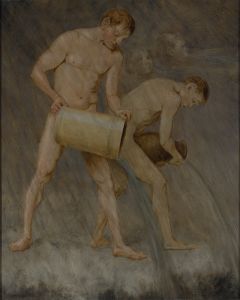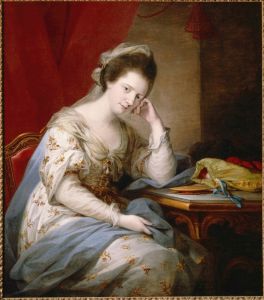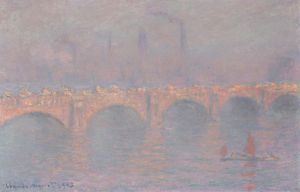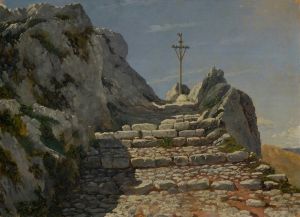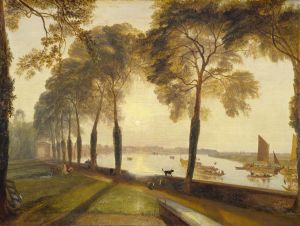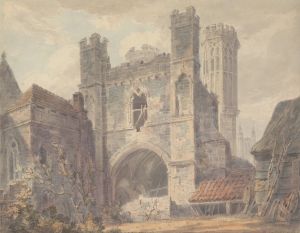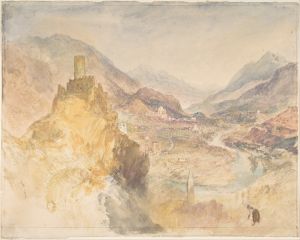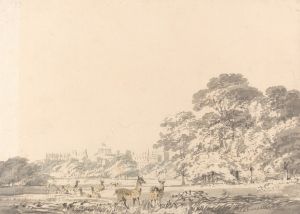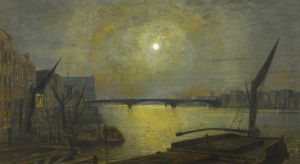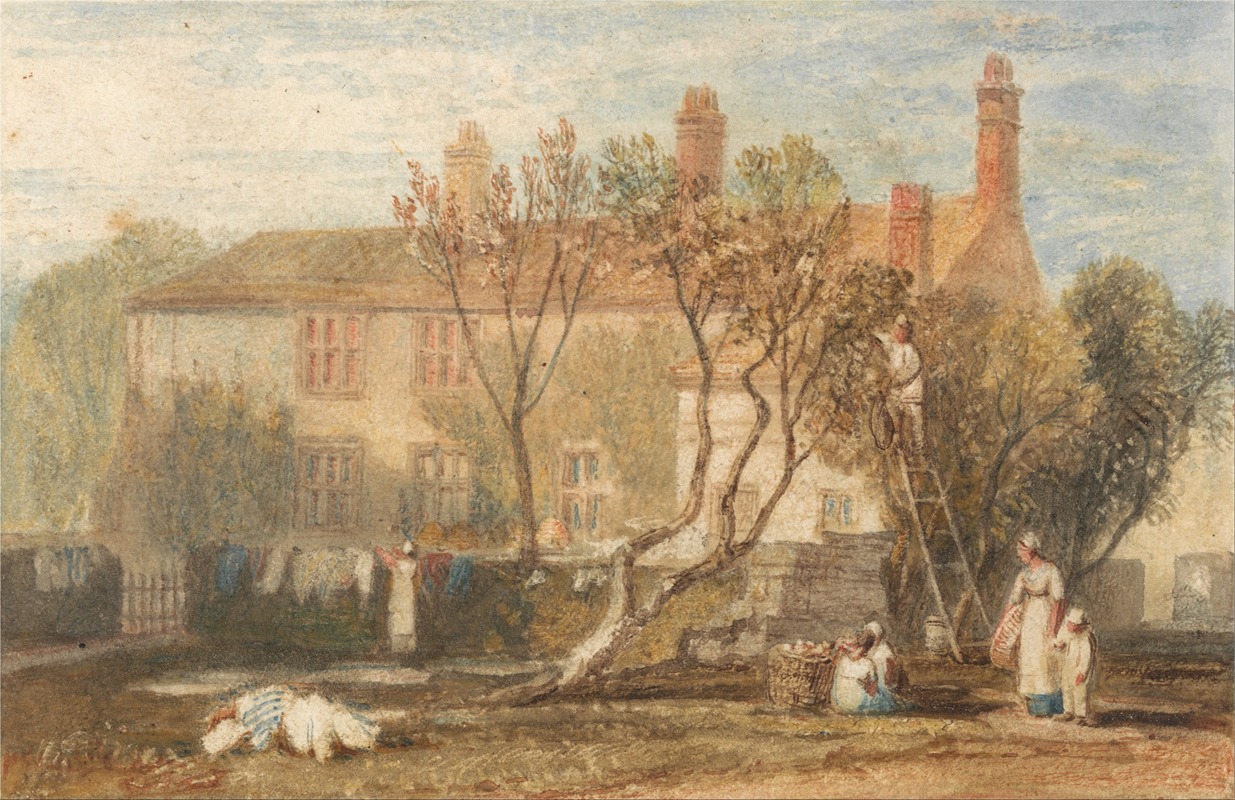
Steeton Manor House, Near Farnley
A hand-painted replica of Joseph Mallord William Turner’s masterpiece Steeton Manor House, Near Farnley, meticulously crafted by professional artists to capture the true essence of the original. Each piece is created with museum-quality canvas and rare mineral pigments, carefully painted by experienced artists with delicate brushstrokes and rich, layered colors to perfectly recreate the texture of the original artwork. Unlike machine-printed reproductions, this hand-painted version brings the painting to life, infused with the artist’s emotions and skill in every stroke. Whether for personal collection or home decoration, it instantly elevates the artistic atmosphere of any space.
Joseph Mallord William Turner, one of the most renowned British artists of the 19th century, is celebrated for his innovative and expressive landscapes and seascapes. Among his extensive body of work is the painting "Steeton Manor House, Near Farnley." This artwork is part of Turner's exploration of the English countryside, capturing the essence of rural life and architecture during his time.
Turner was known for his ability to convey atmosphere and light, often using his skills to depict the interplay between natural and man-made environments. "Steeton Manor House, Near Farnley" is a testament to this ability, showcasing his interest in the picturesque and the sublime, themes that were prevalent in his work. The painting is believed to have been created during one of Turner's visits to Farnley Hall, the estate of his close friend and patron, Walter Fawkes. Farnley Hall, located in North Yorkshire, was a frequent subject in Turner's art, and his visits there provided him with ample inspiration for his landscapes.
The painting itself features Steeton Manor House, a historic building that exemplifies the architectural style of its period. Turner's depiction of the manor house is likely characterized by his signature use of light and color, capturing the building in its natural setting. His attention to detail and ability to evoke mood would have been evident in the way he portrayed the manor house amidst its surrounding landscape.
Turner's relationship with Walter Fawkes was significant in his career, as Fawkes was not only a patron but also a friend who provided Turner with the opportunity to explore and paint the English countryside. This relationship allowed Turner to create numerous works that highlighted the beauty and tranquility of rural England, with "Steeton Manor House, Near Farnley" being one of the many examples.
While specific details about the painting's composition and current location might not be extensively documented, it is clear that Turner's work during this period was influential in shaping the Romantic movement in art. His ability to blend realism with an emotional and atmospheric depth set his landscapes apart and cemented his reputation as a master of the genre.
In summary, "Steeton Manor House, Near Farnley" by J.M.W. Turner is a reflection of the artist's skill in capturing the essence of the English landscape. Through his use of light, color, and composition, Turner was able to convey the beauty and serenity of the countryside, making this painting a valuable piece of his artistic legacy. Turner's work continues to be celebrated for its contribution to the Romantic movement and its enduring influence on landscape painting.





